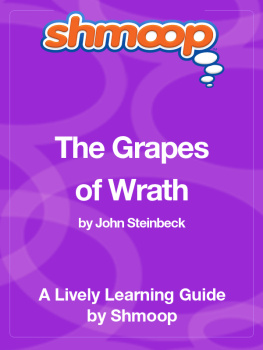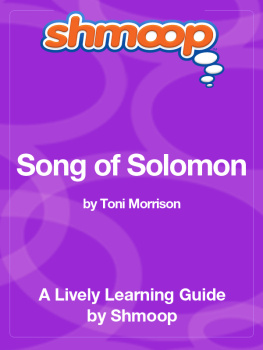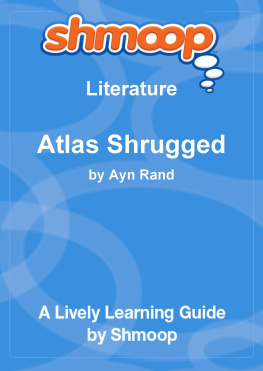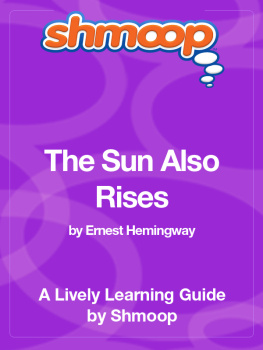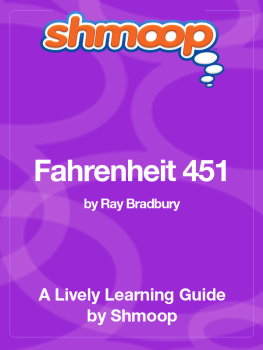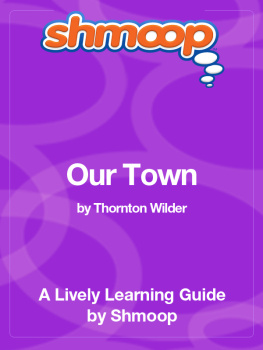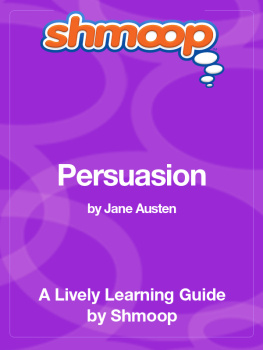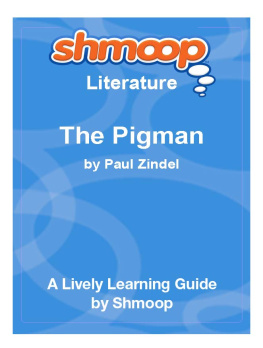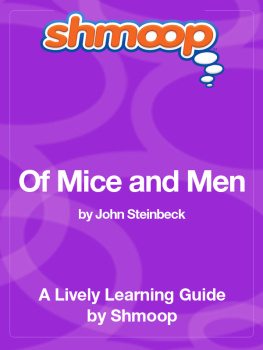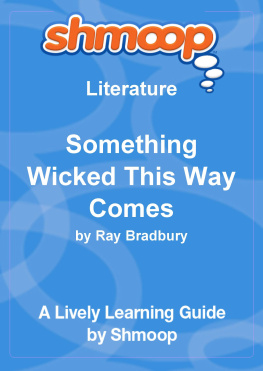
Table of Contents
In a Nutshell/Overview
The Grapes of Wrath is one of the most beloved novels of American literature. Having earned the Pulitzer Prize in 1940, The Grapes of Wrath pretty much has a V.I.P. pass to every "Top 100 Books of All Time" list in the universe. It's a big deal. Written by John Steinbeck and published in 1939, this story vividly portrays life during the Great Depression and the Dust Bowl in America as it follows a family of Oklahoma tenant farmers traveling westward. It explores the strength and goodness of the human spirit in the face of gruesome, dismal circumstances.
When first published, Americans both embraced and scorned the novel. Some applauded Steinbeck for capturing so honestly the lives of migrant farm workers during the Depression. Others accused him of being a socialist and of championing communist beliefs (i.e., share the wealth, friends). Californian farmers loathed Steinbeck's unsavory depiction of, well, Californian farmers. In short, this novel sent America into a bit of a frenzy. Eleanor Roosevelt took note, and, as a result, she called for congressional hearings on migrant worker camp conditions. Labor laws were changed (source).
The Grapes of Wrath has been banned, burned, and bought over and over again. And that's why we love it. That's why it's still around. The novel has been translated into nearly every language, and approximately 100,000 copies continue to be sold every year (source).
John Steinbeck is a seriously famous Californian writer. His novels and stories often detail the lives of agricultural communities in central California, particularly in the Salinas Valley (where he grew up). At the time of the Dust Bowl, when tens of thousands of Americans migrated to California in search of a better life, Steinbeck was writing a series of seven articles about migrant worker communities for the San Francisco Chronicle. He spent a lot of time getting to know families who lived in various migrant worker camps in towns like Bakersfield, CA and Visalia, CA. He was infuriated and disgusted by the amount of heartbreak and suffering that he witnessed, and he channeled that fury as he wrote The Grapes of Wrath. It was not easy going, and he had to scrap many drafts of the novel, but he finally gained momentum after visiting a camp in Bakersfield, CA. He gave himself 100 days to finish the novel.
Steinbeck's publishers lauded The Grapes of Wrath as one of the, if not the, greatest work of American Literature. Time magazine disagreed in its 1939 review of the novel, saying, "It is not [the greatest work of American literature]. But it is Steinbeck's best novel, i.e., his toughest and tenderest, his roughest written and most mellifluous, his most realistic and, in its ending, his most melodramatic, his angriest and most idyllic" (source).
Both loathed and loved upon its publication, The Grapes of Wrath has firmly lodged itself within American culture, and references to the novel continue to be made in movies, music, art, and TV. Allusions to this epic tale have surfaced in both South Park and The Simpsons. Many songs have been written and sung about Tom Joad, most notably by Woody Guthrie and Bruce Springsteen. The Joads are a fictional family, and yet they (and what they represent) are part of the American story.
If anything, we should read The Grapes of Wrath because it affords us front row seats to one of the darkest chapters in American history. Author T.C. Boyle sums it up beautifully: "You can read (about the lives of migrant workers) in your textbook ...but if you read it in Steinbeck's version, you get to live it and breathe it" (source).
What's Up With the Title?
The title,
The Grapes of Wrath, is pulled directly from "The Battle Hymn of the Republic." What the hey is this "Battle Hymn" you speak of? Well, even if you don't recognize this song's title, you will likely know the chorus and its melody like the back of your hand. It goes something like this:
Mine eyes have seen the glory of the coming of the Lord:
He is trampling out the vintage where the grapes of wrath are stored;
He hath loosed the fateful lightning of His terrible swift sword:
His truth is marching on.
(Chorus)
Glory, glory, hallelujah!
Glory, glory, hallelujah!
Glory, glory, hallelujah!
His truth is marching on. "The Battle Hymn of the Republic" was written by abolitionist Julia Ward Howe in 1861, the night after she visited a Union army camp on the Potomac River near Washington D.C. The hymn became a kind of anthem for the abolitionist cause and for the Union soldiers during the Civil War in America. The hymn was published in the Atlantic Monthly in February, 1862. Since then, this song has been woven into the fabric of American culture, appearing in books, movies, speeches, and albums. Dr. Martin Luther King, Jr. incorporated the lyrics of this hymn into several of his sermons, and the hymn was played at Winston Churchill's funeral. Many Americans, however, take great offense to the song, feeling it to be a hateful and un-Christian rant against southern soldiers.
The hymn summons God to bring justice to those who have wrecked havoc over the land and over its people. In other words, the hateful ways of the people are so great that only God can bring about vengeance. In the context of this novel, "the grapes of wrath" may be interpreted as the greed, self-interest, and selfish ways of the landowners and of the banks - all of which lead to the suffering of thousands of migrant workers.
The "grapes of wrath" is also a Biblical reference to the Book of Revelation, passage 14:19-20:
So the angel swung his sickle to the earth and gathered the clusters from the vine of the earth, and threw them into the great wine press of the wrath of God. Make no mistake, the squishing of "the grapes of wrath" is a violent and emotional image, and one that is closely associated with the widespread oppression of a people and with the darkest chapter in American history (slavery). The "grapes" image also makes us think of the spilling of blood.
As you reflect on the novel, do you think that this title invokes a specific god, or do you think it might be appealing to another supreme force to bring about justice? Steinbeck's first wife, Carol, suggested
The Grapes of Wrath as a title, and he took her advice. Do you think that this is a good title for the novel?
What's Up With the Ending?
You will probably remember the ending to this book for the rest of your life. The image of Rose of Sharon nursing the half-starved man with her breast milk is perhaps one of the most startling and moving images in all of literature. But what does it all mean? Well, we don't know about you, but this ending makes us think about new life, second chances, and the innate kindness that lies within all people.
Even though having another mouth to feed would have been totally problematic for the Joads, everyone is excited for Rose of Sharon's baby. Babies represent new life, a fresh start, a blank slate, and they usually are really good a bringing families together. The fact that Rose of Sharon's baby does not survive reveals just how gloomy, just how unbearable conditions are in California. A pregnant woman like Rose of Sharon who doesn't have enough to eat and who is constantly on the move cannot bring forth a healthy baby. But wait, there are thousands of other women who are living just like Rose of Sharon. The baby's death confirms once and for all that things are bleak for migrant families in California, and that they have little chance of surviving or of finding happiness.

